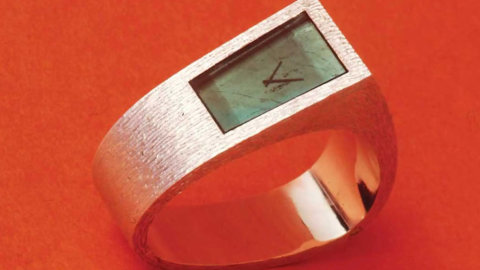Andrew Grima, the one who revolutionized the designer of watches, as precious as jewels, loved by women and sophisticated collectors, for modernity and increasingly loved by collectors who increasingly vie for the most historic and original pieces.
It was the 60s/70s when the best known jewelry designers began to devote themselves to watchmaking, creating objects that are now highly sought after and collected. Andrew Grima gave free rein to his imagination by designing watches such as rings, pendants, pocket watches and clips.
An example was Omega which in 1969 commissioned the London artist jeweler Andrew Grima to design a collection of watches "About Time" real works of sculptural design
Grima, who had a shop at 80 Jermyn Street and a royal warrant, had never designed a watch before, despite being considered an innovative designer of famous jewellery. It was Omega director Roberto Forster who saw that aesthetic creativity would help revolutionize timepiece design, thus creating “timeless” works of art.
Omega has several incredibly beautiful and unusual timepieces in its rich history, none arguably more interesting than those designed or inspired by English jeweler Andrew Grima.
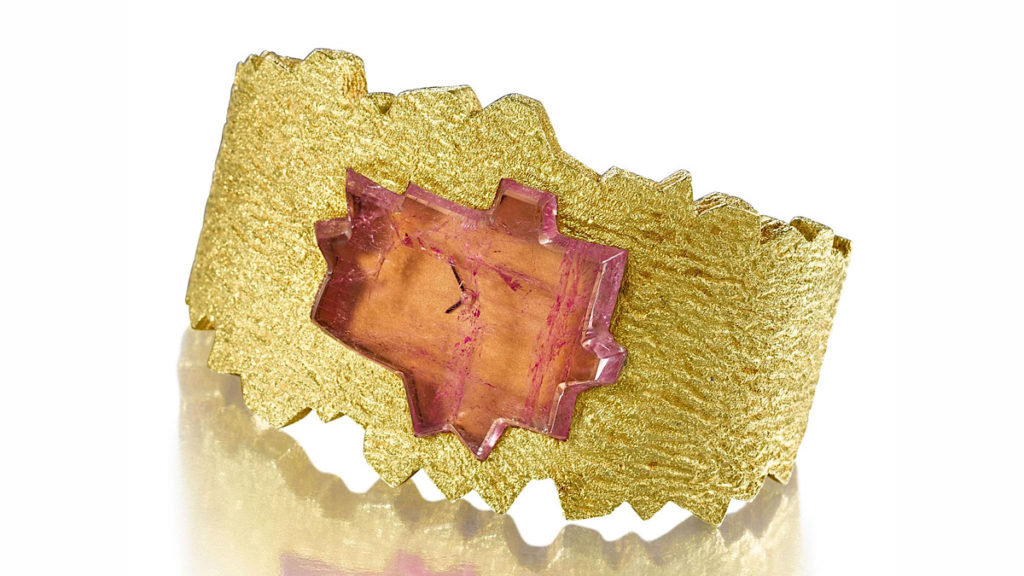
What made Grima different from other jewelry designers was the passion and use of large semi-precious stones, even rough (but also pencil shavings, leaves and molten lava) and always set in textured yellow gold with white diamond accents. His fashion was decidedly closer to the modern art of those years while the big jewelery houses such as Cartier, Van Cleef & Arpels and Boucheron preferred to continue the tradition.
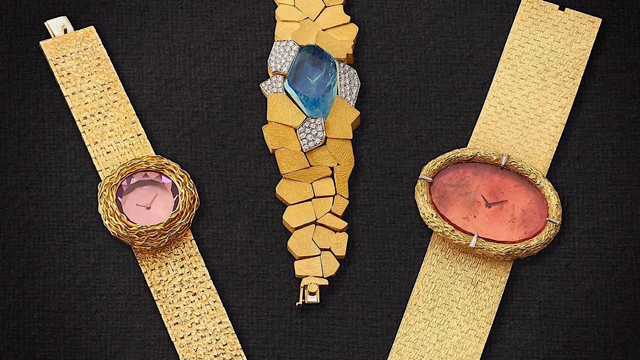
He was immediately approved by the general management of Omega, the objects created were not only aesthetically fascinating and precious, women liked them and above all they were wearable and resistant to wear. Thus were born watch models characterized by a precise design where the watch competed to play a co-protagonist role with precious and semi-precious stones, carved to perfection to create the best design. Grima developed a technique of welding textured gold threads together that allowed him to create geometric formations that appear rigid and inflexible but, thanks to numerous hidden hinges, were incredibly flexible and easy to wear.
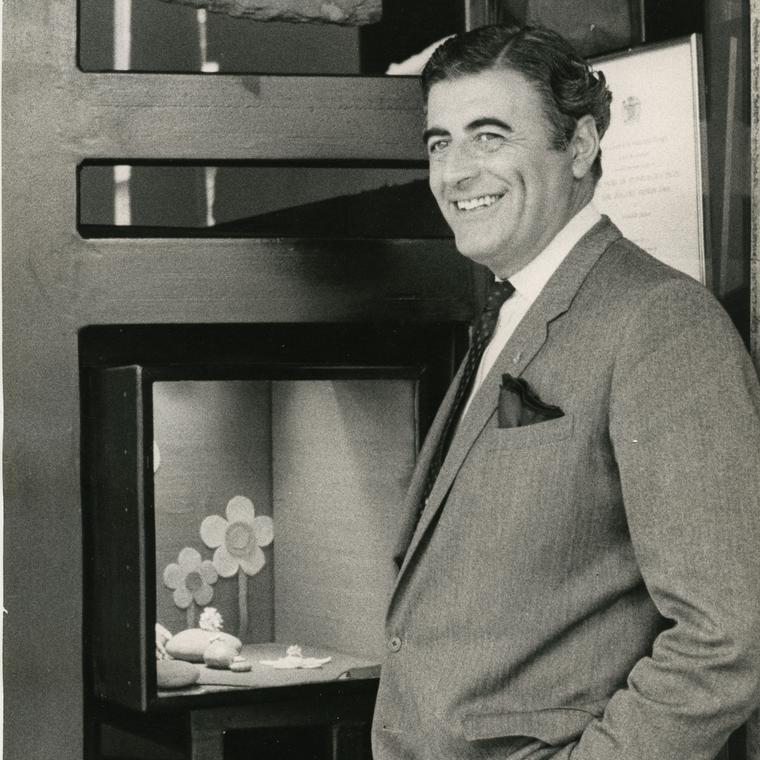
An example is the Alpine pocket watch, preserved in the Grima archive collection, it is a smoky quartz crystal dial surrounded by an engraved yellow gold case and suspended from a hand-made chain. At the other end of the chain is a matching engraved yellow gold torch that appears to be inspired by the surreal 1966 spy film Modesty Blaise starring Monica Vitti, Terence Stamp and Dirk Bogarde.
The average price of an About Time watch in 1970 was 4.000 pounds, today international collectors compete for it at very important values
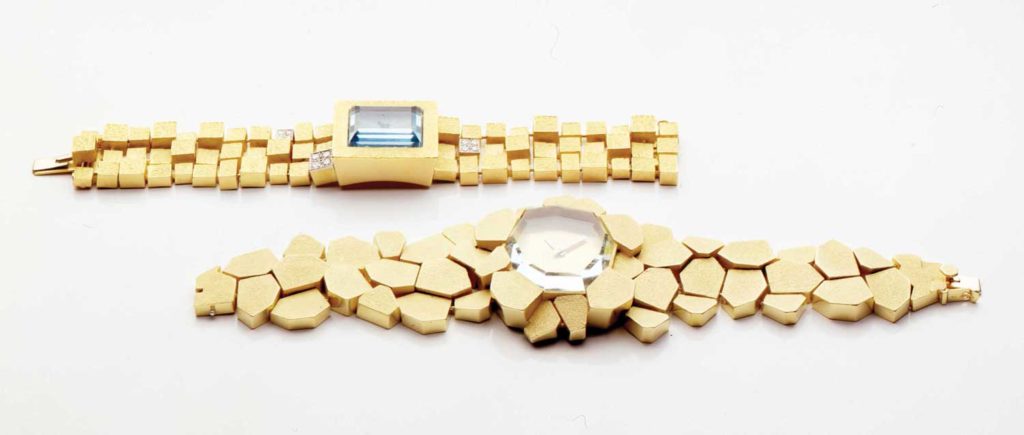
Throughout the 60s and 70s, Grima fans included Her Majesty the Queen and Jackie Kennedy Onassis, and collectors included fashion designers Marc Jacobs and Miuccia Prada. Grima died in 2007, but his legacy lives on in his wife Joho and daughter Francesca, who, since his death, have created new models under the family name with all the characteristics of a Grima jewel.
.

